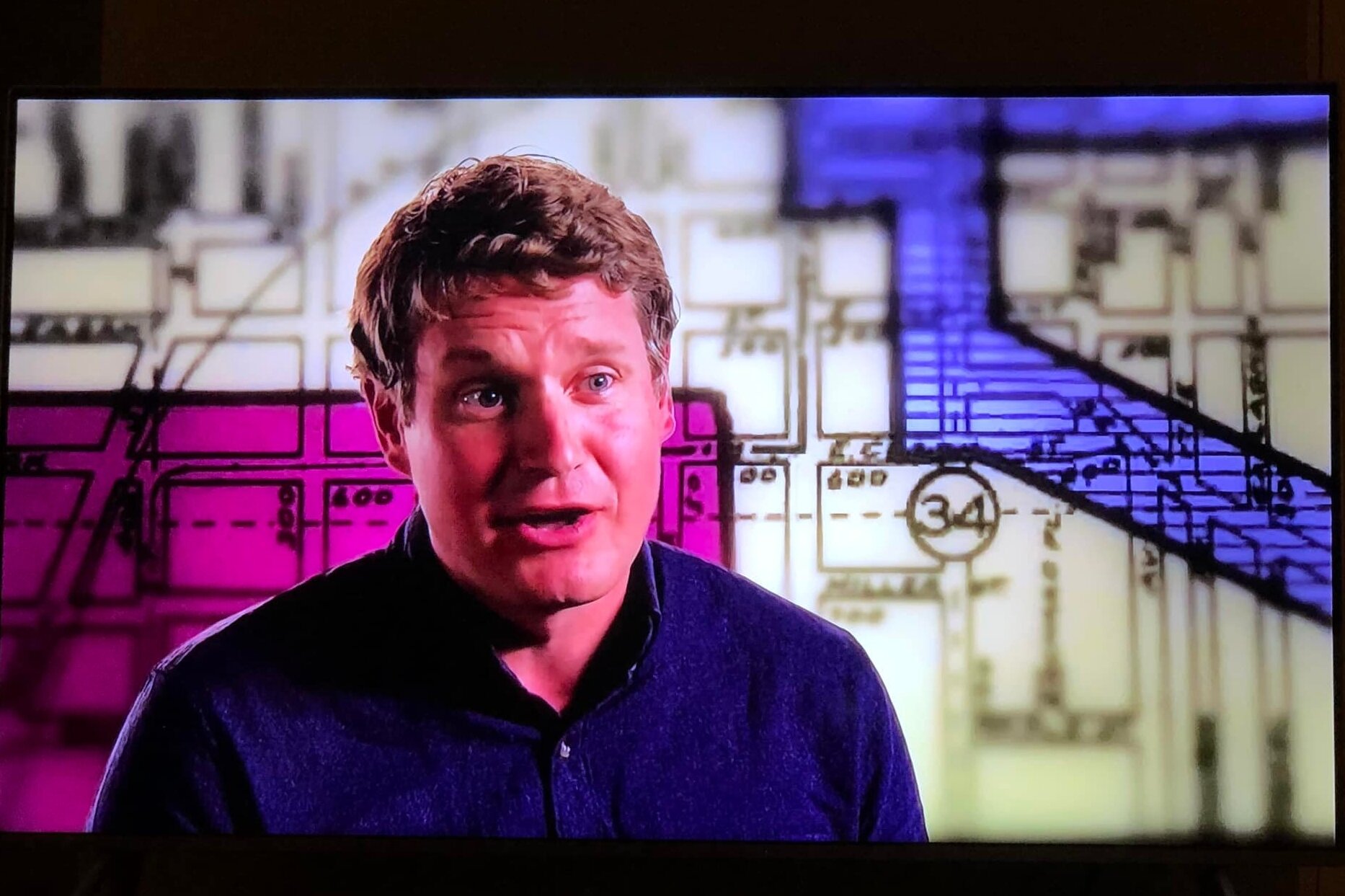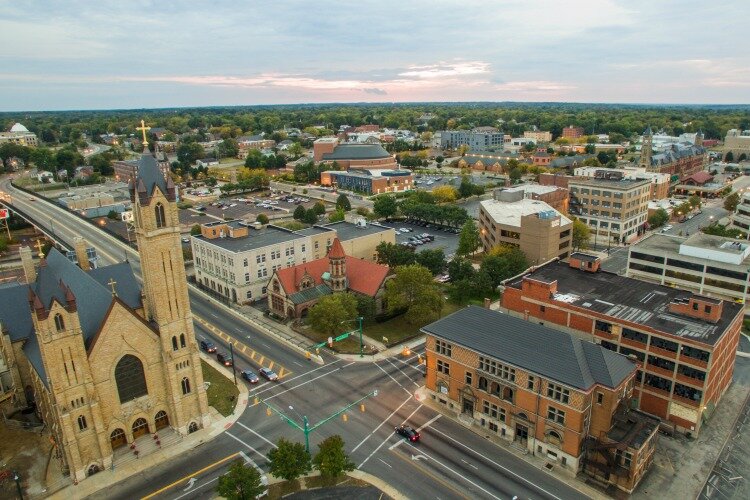Documentary about historic redlining practices to feature Springfield
ThinkTV documentary shares how the historical practice of legal segregation "redlining" still affects cities, including Springfield, today.
Springfield will be featured in a documentary examining the historical practice of “redlining” – the practice which embedded racial segregation and inequality into the development of many American cities and suburbs. Redlining: Mapping Inequality in Dayton and Springfield will air on ThinkTV 16 at 9 p.m., Thursday, Feb. 24.
Redlining: Mapping Inequality in Dayton and Springfield tells the national and local story of redlining. Redlining maps, introduced in the 1930’s, delineated risk areas for federally-backed mortgages and home-ownership programs. Risk was determined almost entirely by race. Neighborhoods where no loans would be made were outlined in red – literally “redlined.”
This one-hour documentary tells the story of local families who were impacted by redlining, and the lasting effects of this federal policy on the region. It also makes some surprising discoveries about the roots of redlining that trace back to greater Springfield, and some larger-than-life personalities who have been all but forgotten.
“We started out looking at Dayton’s history with redlining, and soon discovered that Springfield also had a redlining map, as well as a similar story,” says Gloria Skurski, chief education officer at ThinkTV. “When we dug a little deeper, we were astonished to learn about Springfield native Harry S. Kissell, the real estate developer who created Ridgewood and whose ideas heavily influenced the creation of the Federal Housing Authority (FHA), the modern mortgage industry, and the New-Deal era housing policies, including the creation the federal redlining maps of the 1930s.”
Springfield Historian Kevin Rose, who is featured in the documentary, says these are topics that have not been talked about but are important.
“There are stories we don’t tell, and we need to acknowledge our full history,” Rose says. “Often, we think of local history as a celebration … we think of this grand narrative of the past where one success builds upon another, but that’s not history. History is ugly, messy and terrible, while at the same time it can be beautiful.”
Rose says a documentary like this highlights that someone this community has celebrated for a long period of time also has a dark side.
“He had a side that was hurting our fellow neighbors today through policies that lasted for generations,” Rose says. “And he’s not alone in this. He’s not the mastermind. He’s one part of this machine but very important in what leads to legalized segregation in America.”
Rose says Kissell accomplished good things for Springfield and for society, but he also did things that hurt the community, which is what this documentary focuses on.
“I hope viewers walk away with a greater understanding that racism comes in many forms … a lot of it comes from governmental policies, things that are available in one community but not another. These things existed here, too,” he says.
Springfield is an interesting place when it comes to race, Rose added. Around 1860, Springfield became one of the largest black populations per capita in the North.
“We often forget that Northern cities … did not have large black populations, they were immigrant cities. Springfield was different,” he says. “The same stories that played out during the Great Migration of Southern blacks trying to escape the policies of the Jim Crow South – that conflict played out much earlier in Springfield. You see upward mobility of the black community.”
Rose says when you plug the Kissell story into this timeline, it fits.
“The same thing that’s happening in 1930 Chicago, played out in 1890 Springfield,” Rose says. “With that, you see real estate people, like Harry Kissell, start to look for ‘solutions’ that keep black people out of these neighborhoods.”
Redlining was a larger federal policy of legally segregated housing being pushed and promoted by thousands of people across the country, Rose says.
“This was not one person’s idea,” he says. “This was a mainstream idea that it was OK to legally segregate, to sanction people based on the color of their skin and not give them the same opportunities. It was a widely believed concept and that’s what makes is frightening.”
Rose says he wants people to watch Redlining: Mapping Inequality in Dayton and Springfield and understand the history of their community and the situations their fellow citizens faced.
“These are not just historical events. They are historical events that influenced current situations,” he says. “I encourage people to pick up a Redline map and look at the neighborhoods that banks were not allowed to invest in because of the color of people’s skin. I want people to drive around and see the legacy of that.
“When they talk about areas being ‘run-down’ or ‘deplorable,’ they’re the Redline Districts. This is a historical event that … you can see. Walk through a neighborhood and see the empty lots and abandoned housing. That is a consequence to the black community and all of the communities of Springfield. We are still living with the consequences of these policies (from) early 1900s America.”
Redlining: Mapping Inequality in Dayton and Springfield has been in production for a year.
The documentary will air a second time at 1 p.m. Sunday, Feb. 27, on ThinkTV 16. It will also be available to steam on YouTube TV, the PBS app and thinktv.org, starting at 9 p.m. Thursday, Feb. 24.








